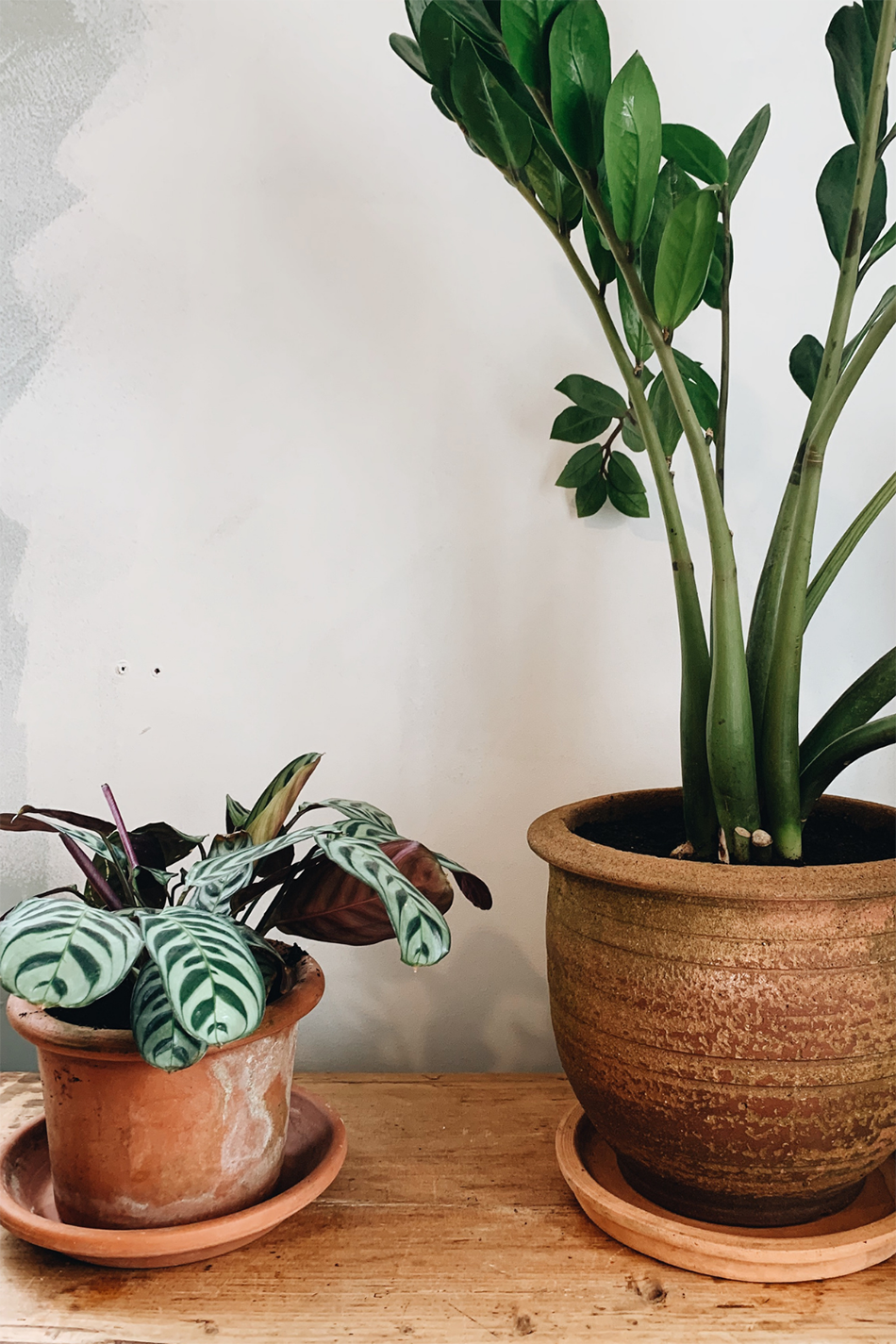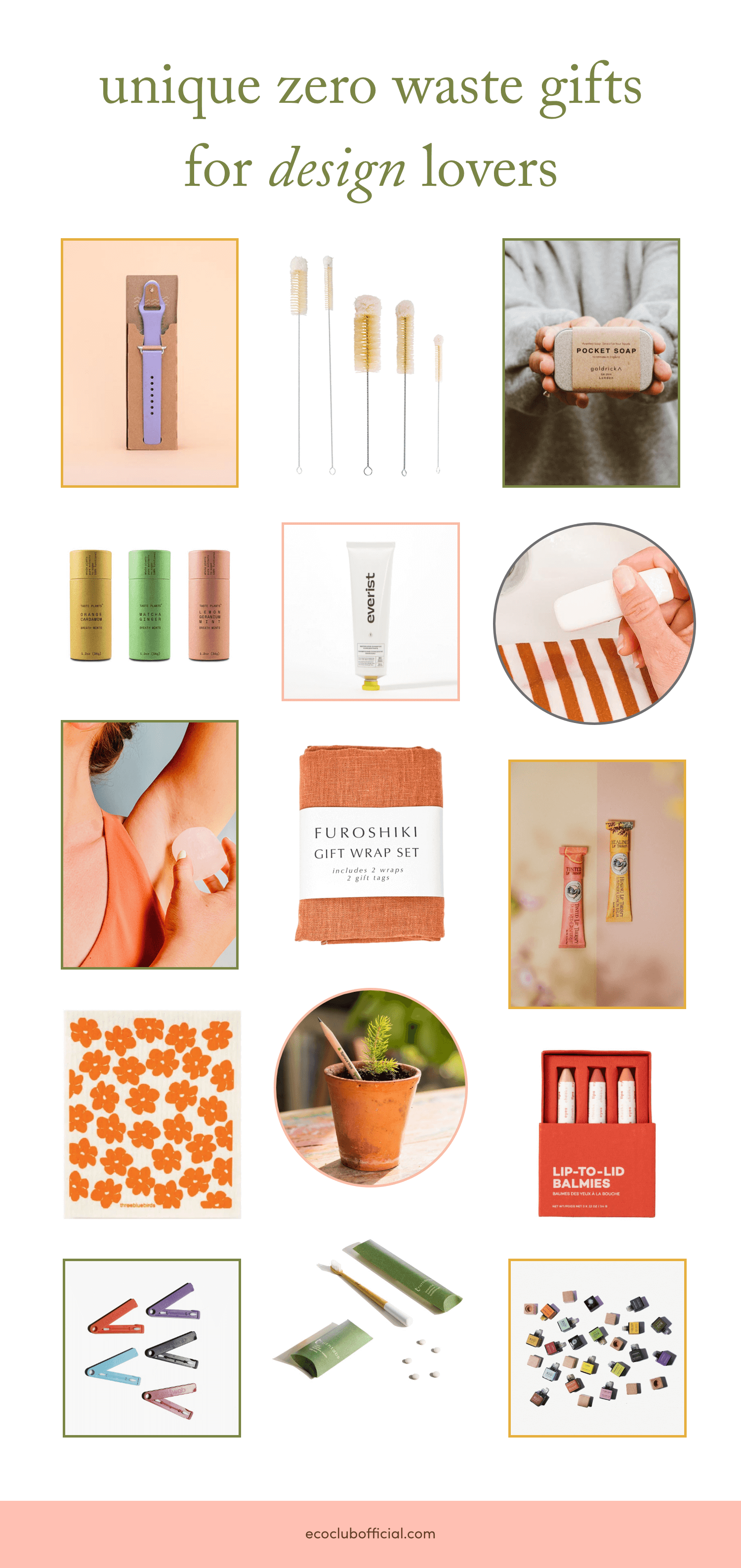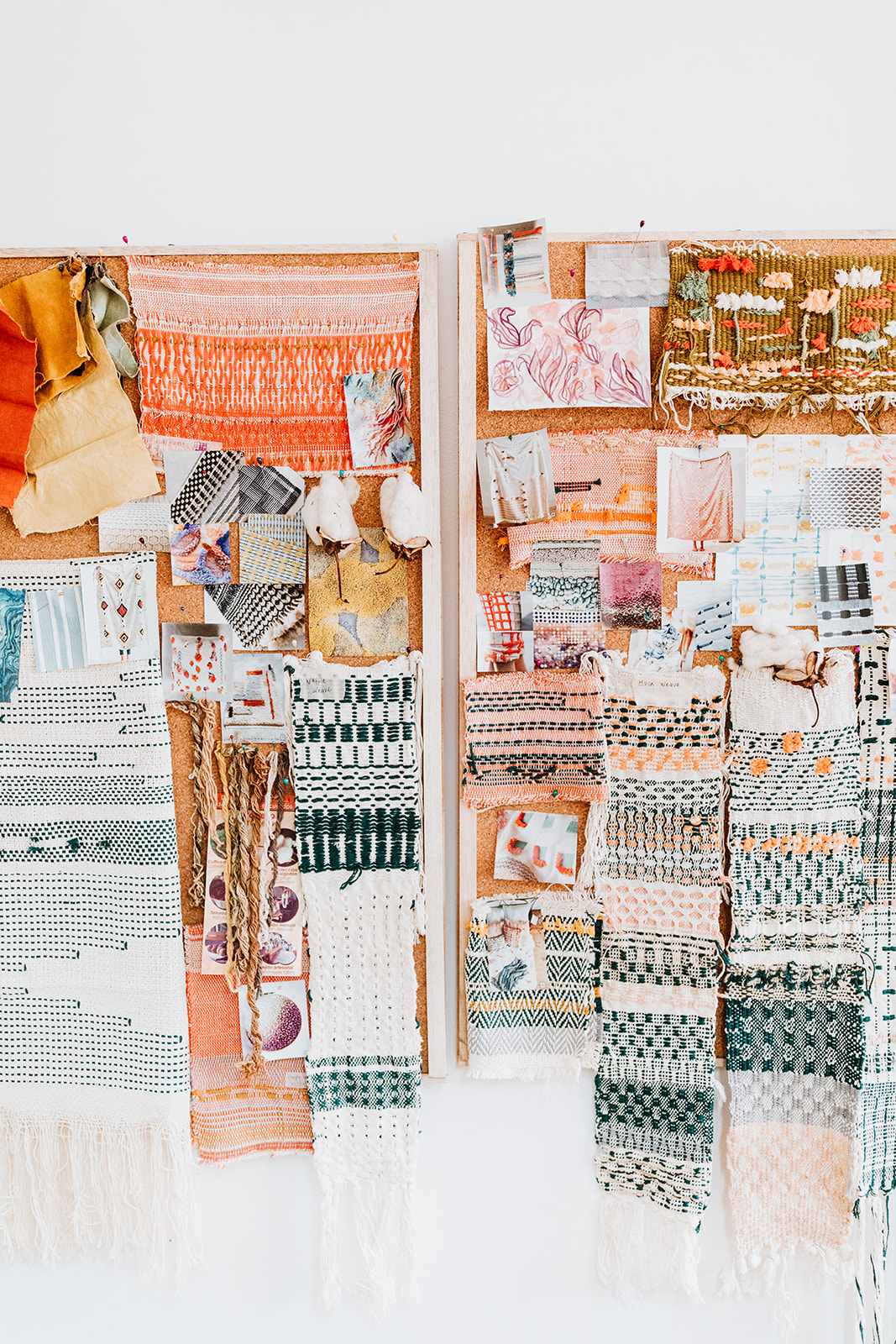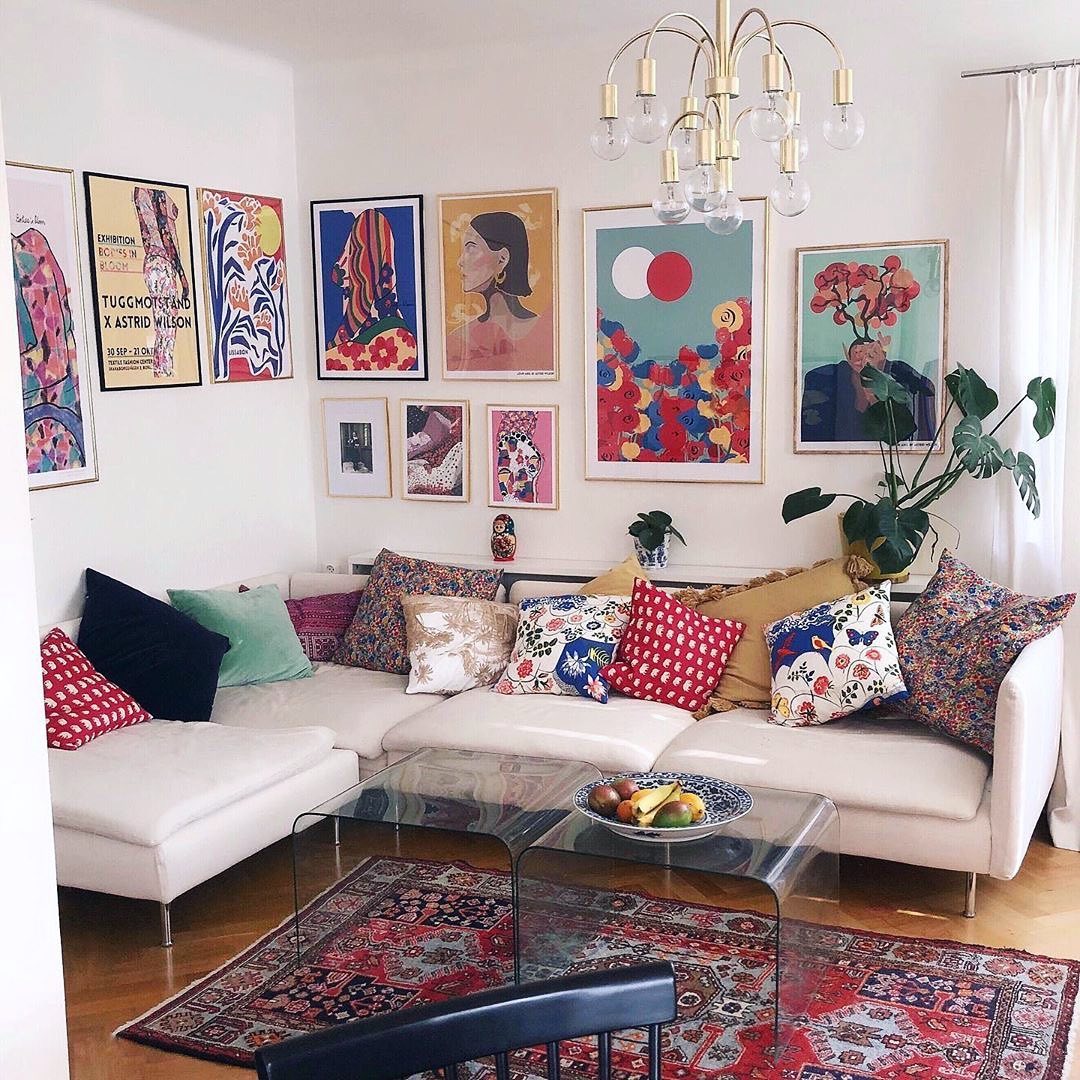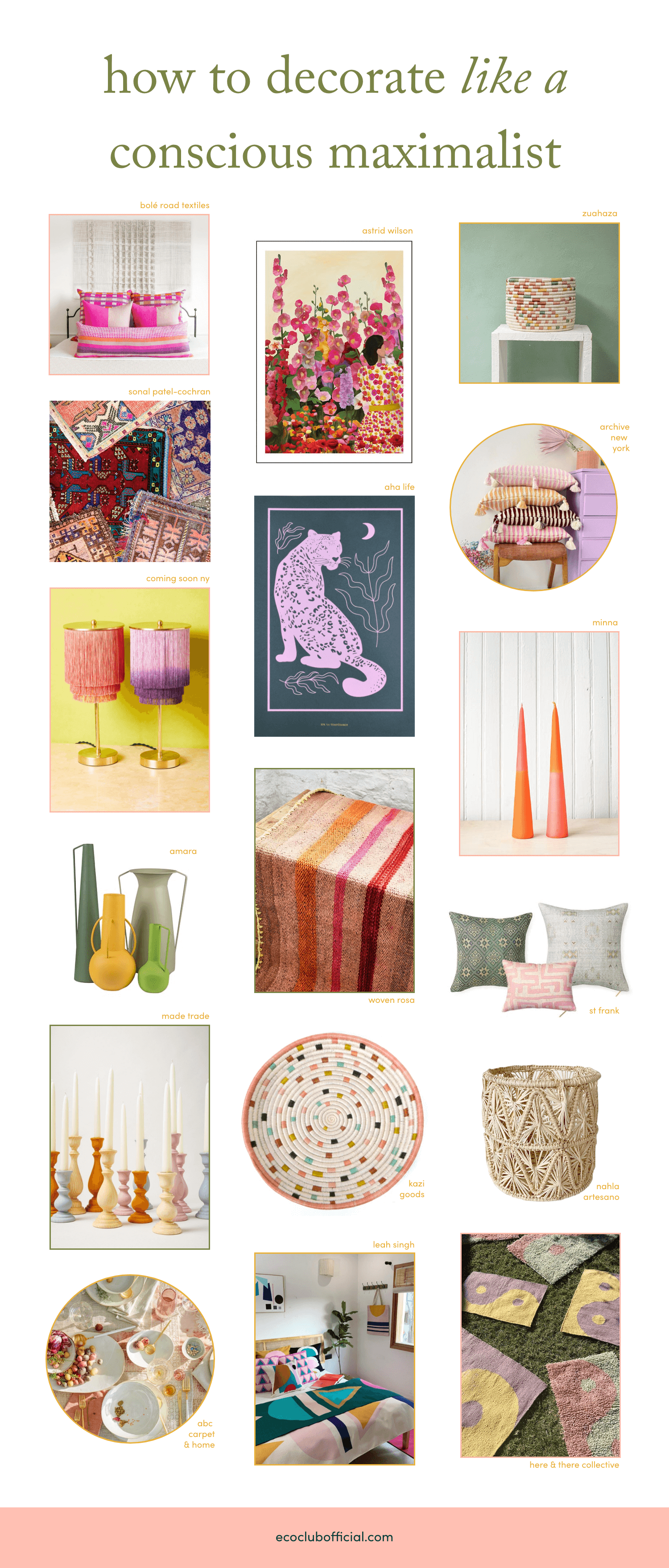It’s no secret that many ethical clothing brands focus on sustainable basics–they’re trendless staples in every closet and can often be more affordable than sustainable statement pieces. But thanks to the pandemic, loungewear is a trend born of necessity. I haven’t heard anyone complain about not having to wear jeans, have you? You may have already landed on your favorite sustainably made joggers, but how’s the rest of your wardrobe looking? Is it as cozy as those joggers? Whether it’s hoodies, sweaters, t-shirts, or any other favorite basics, we rounded up the coziest looking clothes in this list of the best sustainable loungewear brands. Go ahead, wear them out of the house.
1. Indigo Luna creates sustainably made yoga wear, loungewear, swimwear, and linen.
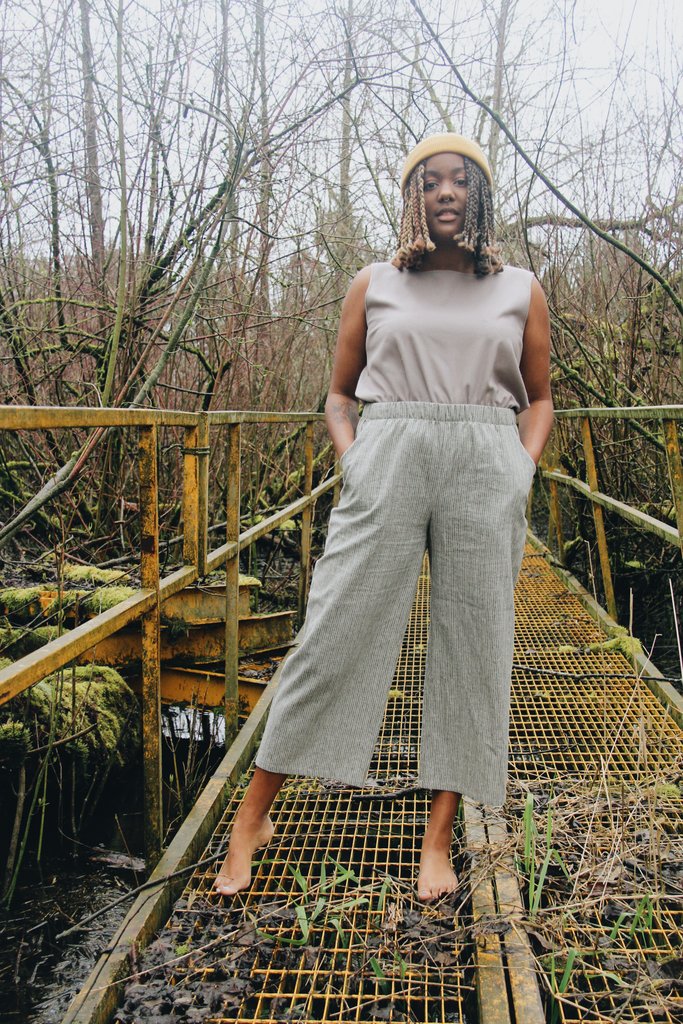
2. Uniform Handmade offers a minimal collection of thoughtfully and beautifully designed pieces. Perfect for zoom meetings!

3. We all know and love Girlfriend for their leggings and sport bras made from recycled plastic bottles, but if if you want to get even cozier than the leggings, they launched a collection of joggers and sweats, too.
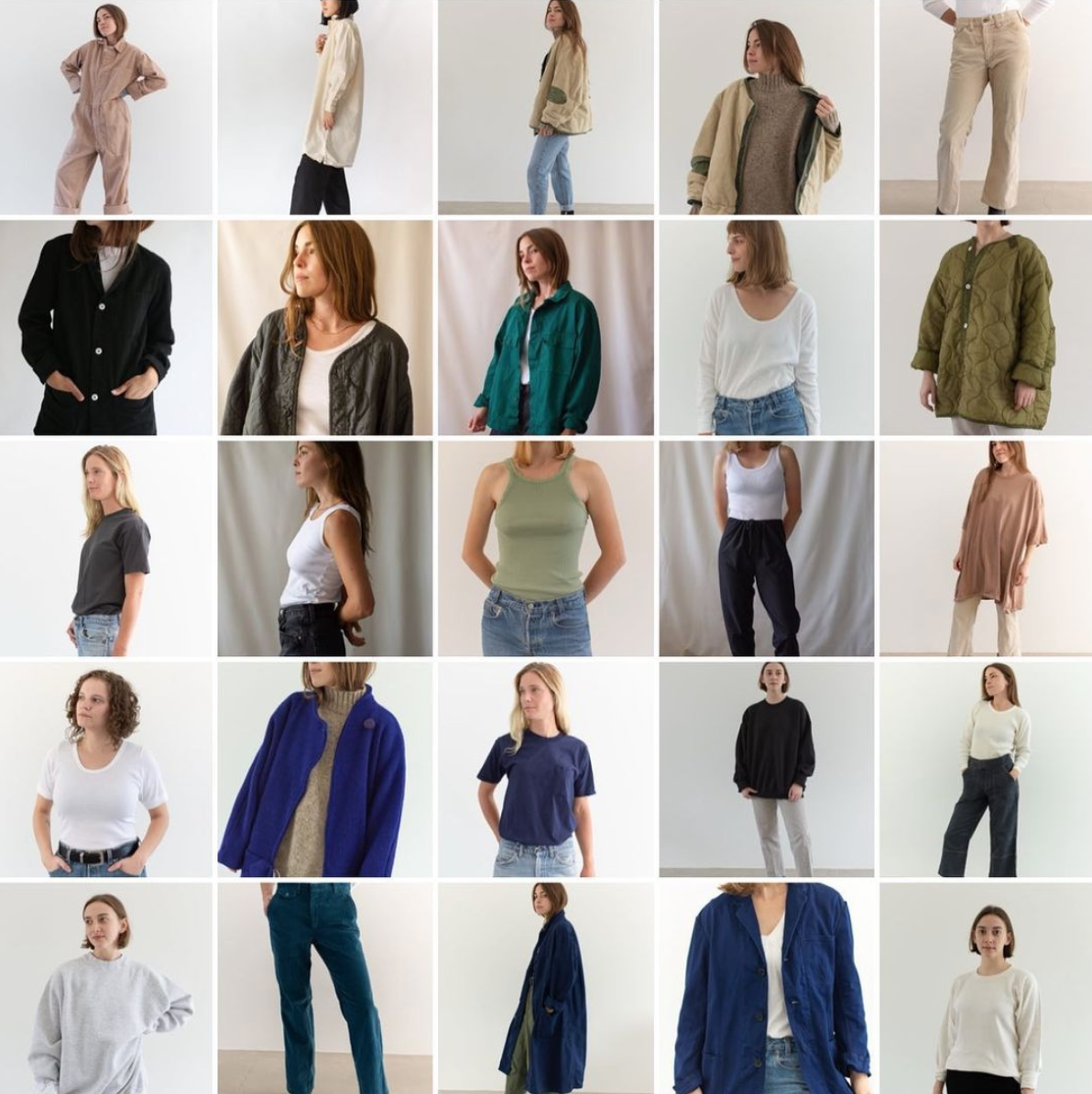
4. Wisconsin-based Rawson Studio is home to basics, thermals, cozy modern workwear and other sustainable loungewear available on Etsy. While the above photo features ladies, they have lots of genderless and male garments too. They’re super affordable and sell vintage too!

Organic Cotton Henley Waffle Pullover
5. Back Beat Co, our long time eco club member, is the best of the best when it comes to sustainable loungewear. Their laidback California style clothing is exactly what you need to feel relaxed.

6. California Cloth Foundry (available from eco club member Made Trade) I’ve been eyeing this Colorgrown Split Crew Tee forever and ever. Doesn’t it looks so comfy, yet v cute?!
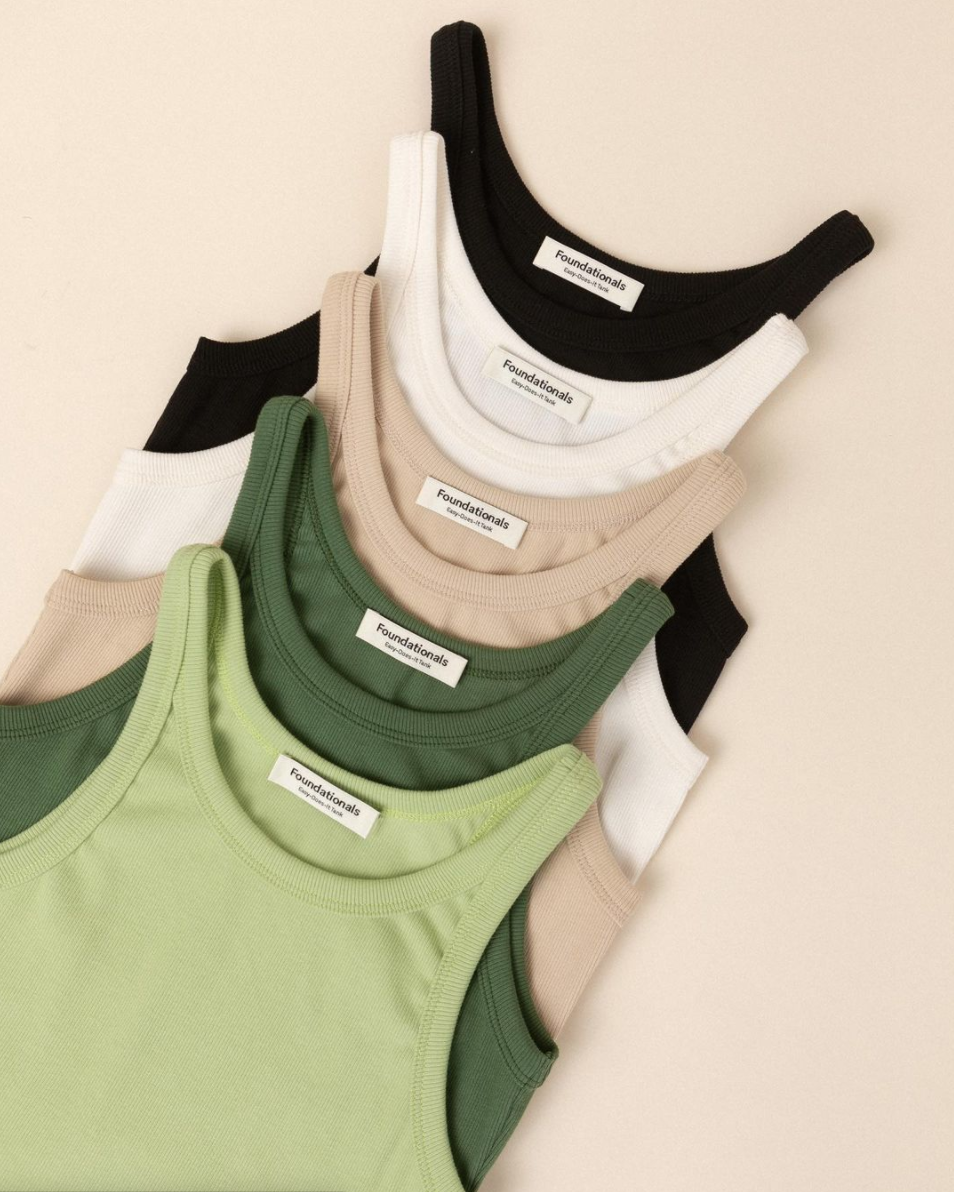
7. Foundationals focuses on high quality sustainable materials like organic cotton for their laidback basics. The fit looks incredible. They truly do make chic look effortless!
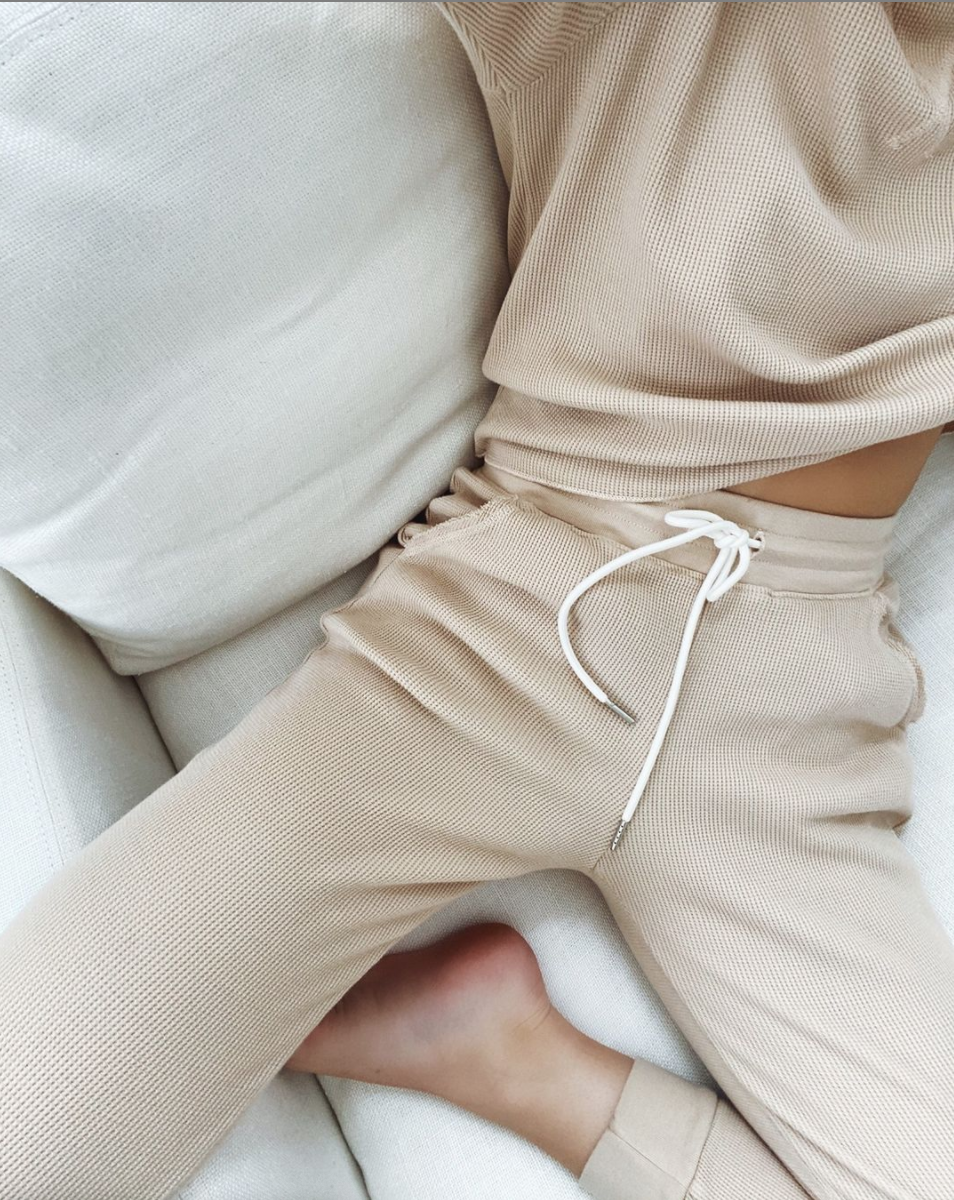
8. Does MATE even need an introduction? Their Organic Thermal sets are my fave. Over the holidays I treated myself to one of their thermal joggers and they are the best pair I own… and the most sustainable.
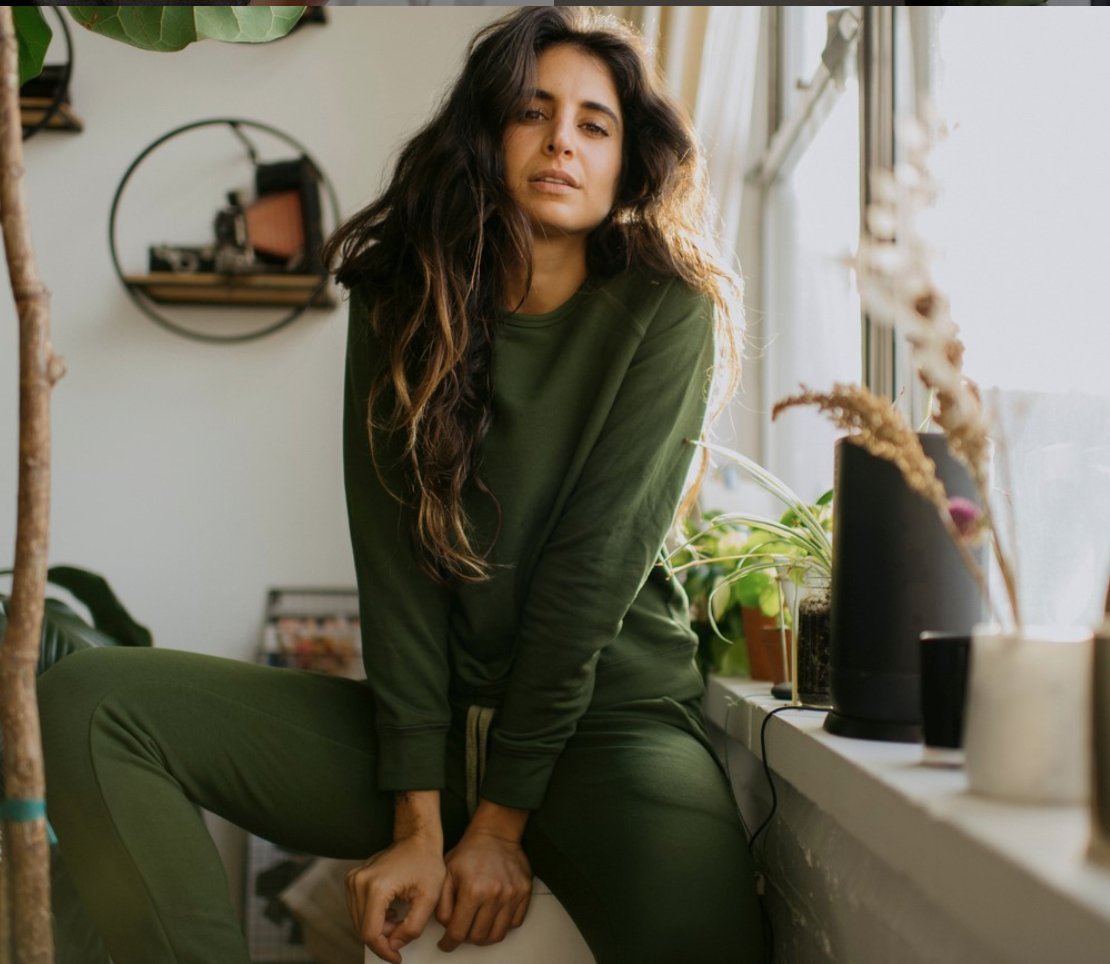
9. One of the more affordable options for sustainable loungewear, Softwear has super cozy matching sets, and loungewear for men, too.
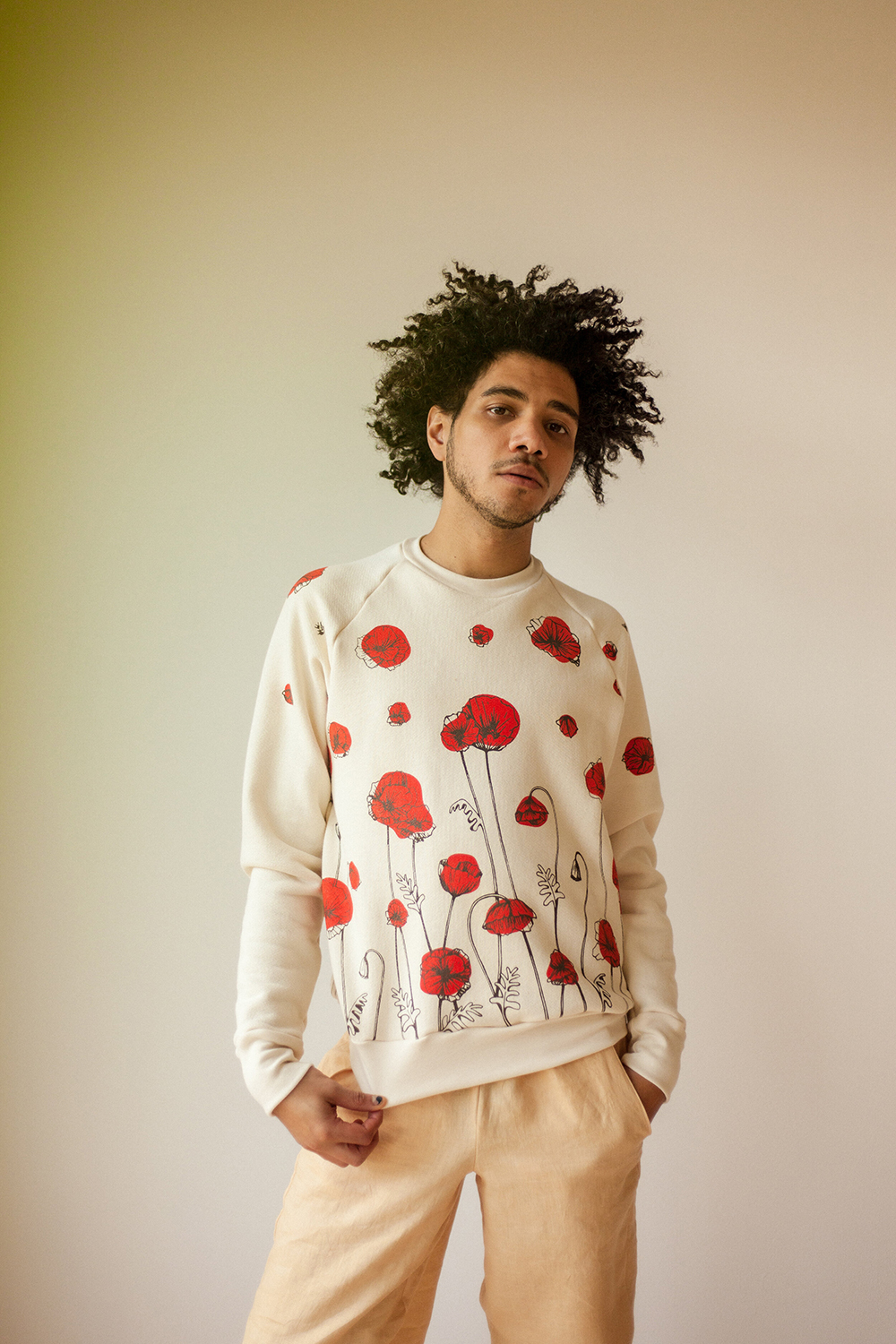
10. Object Apparel unisex loungewear is made by hand in Detroit, all natural and nontoxic. I’m totally into their high waisted Hemp Blend Undies and Organic Poppy Pullover.
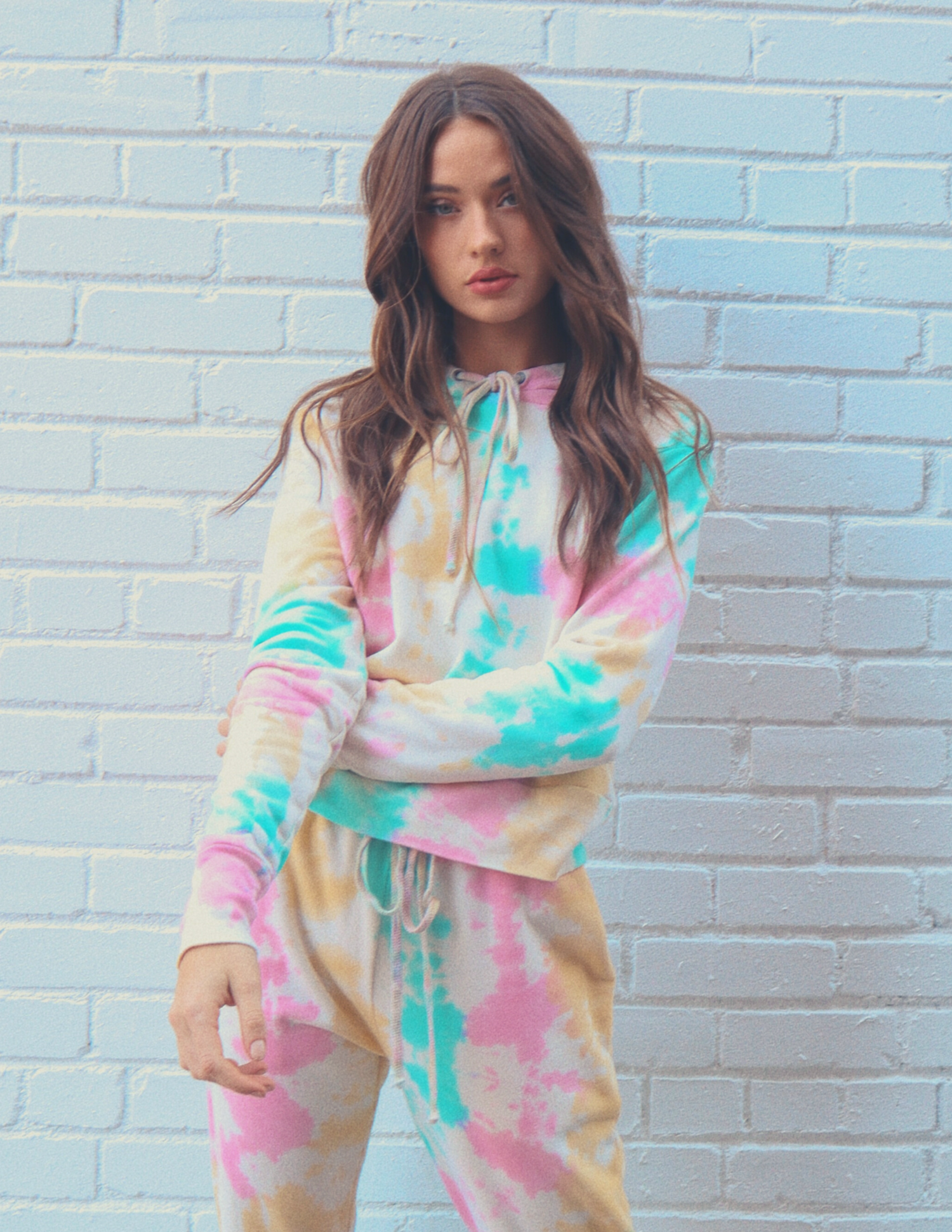
11. I own People of Leisure‘s Daybreak Hoodie (another quarantine purchase) and I love it! It’s super light and fitted so it’s good for going on long walks here in Seattle, where you start off chilly but want something light (and easy to tie around your waist) as you warm up. There are so many things from them on my wishlist!
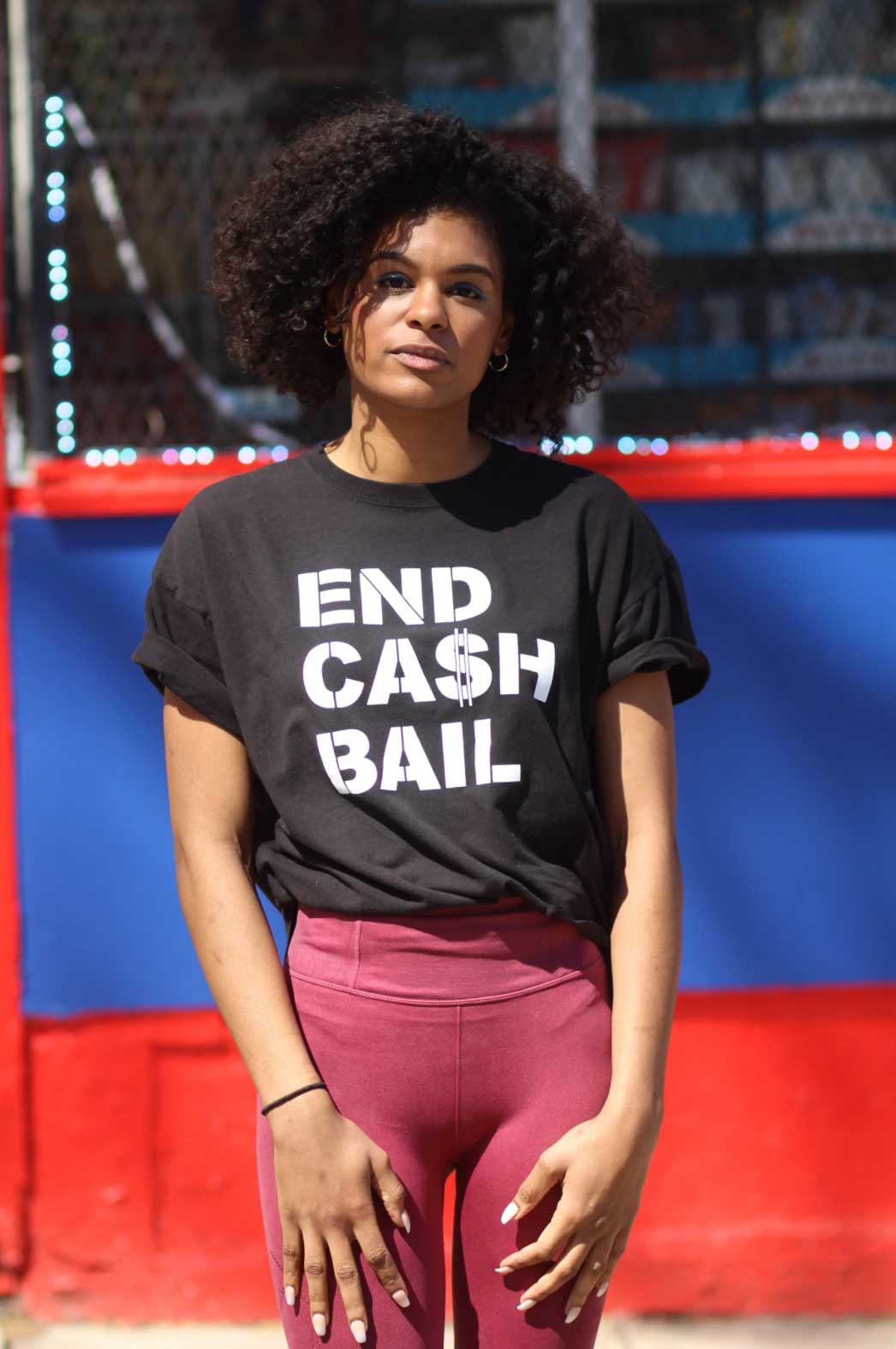
12. Grant Blvd makes loungewear, basics, and even outerwear ALL from reclaimed fabric. Many are screenprinted with important messages like End Cash Bail, above. I have their ‘sustainable shit only’ fanny pack. Plus, they’re Beyonce approved!

13. Sancho‘s women’s loungewear section just might be the capsule wardrobe we all need.
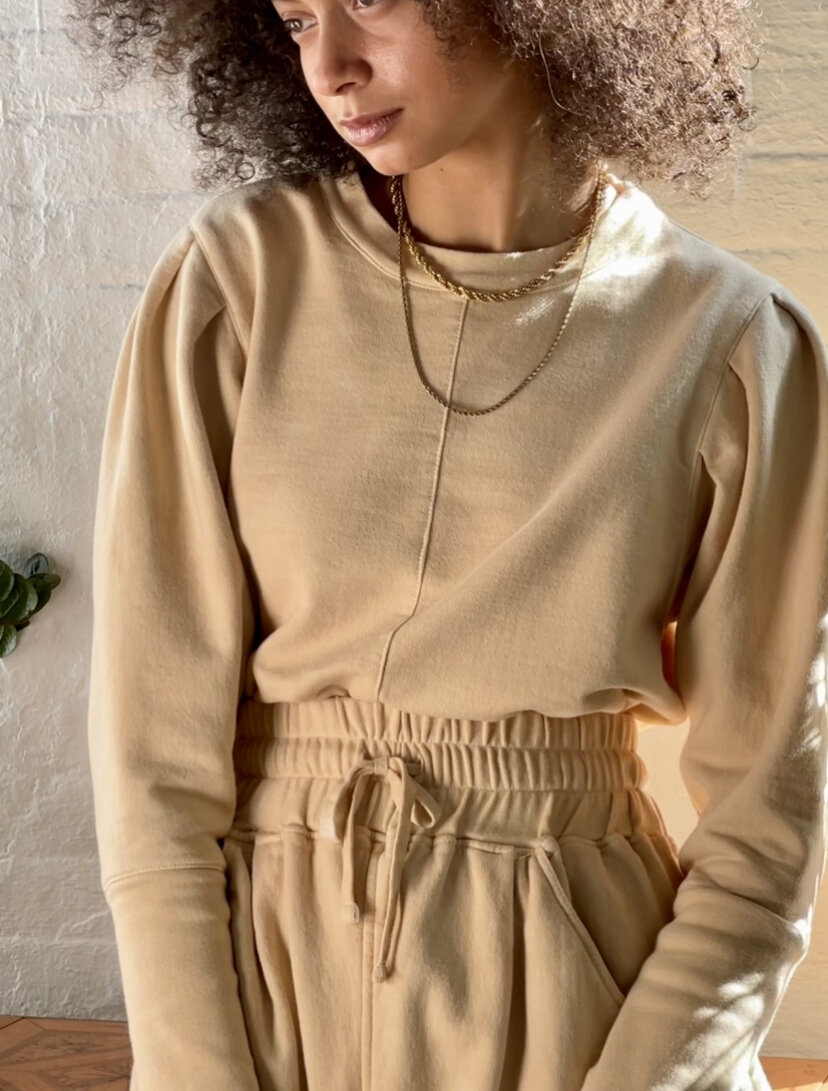
14. I recently met The Waight on Instagram, a slow fashion brand that accepts pre-orders to minimize waste. They have a collection of undyed garments and also use avocado dyes! Does this not look like the coziest sweat set ever?!

15. Lastly, Ajaie Alaie creates handmade garments in Brooklyn with intention.
What’s your favorite sustainable loungewear brand? Let’s get this list even longer!


